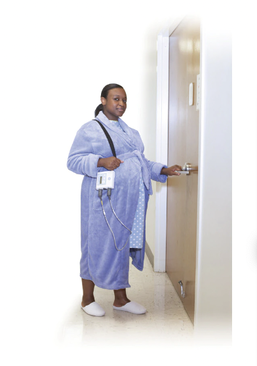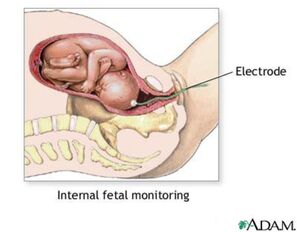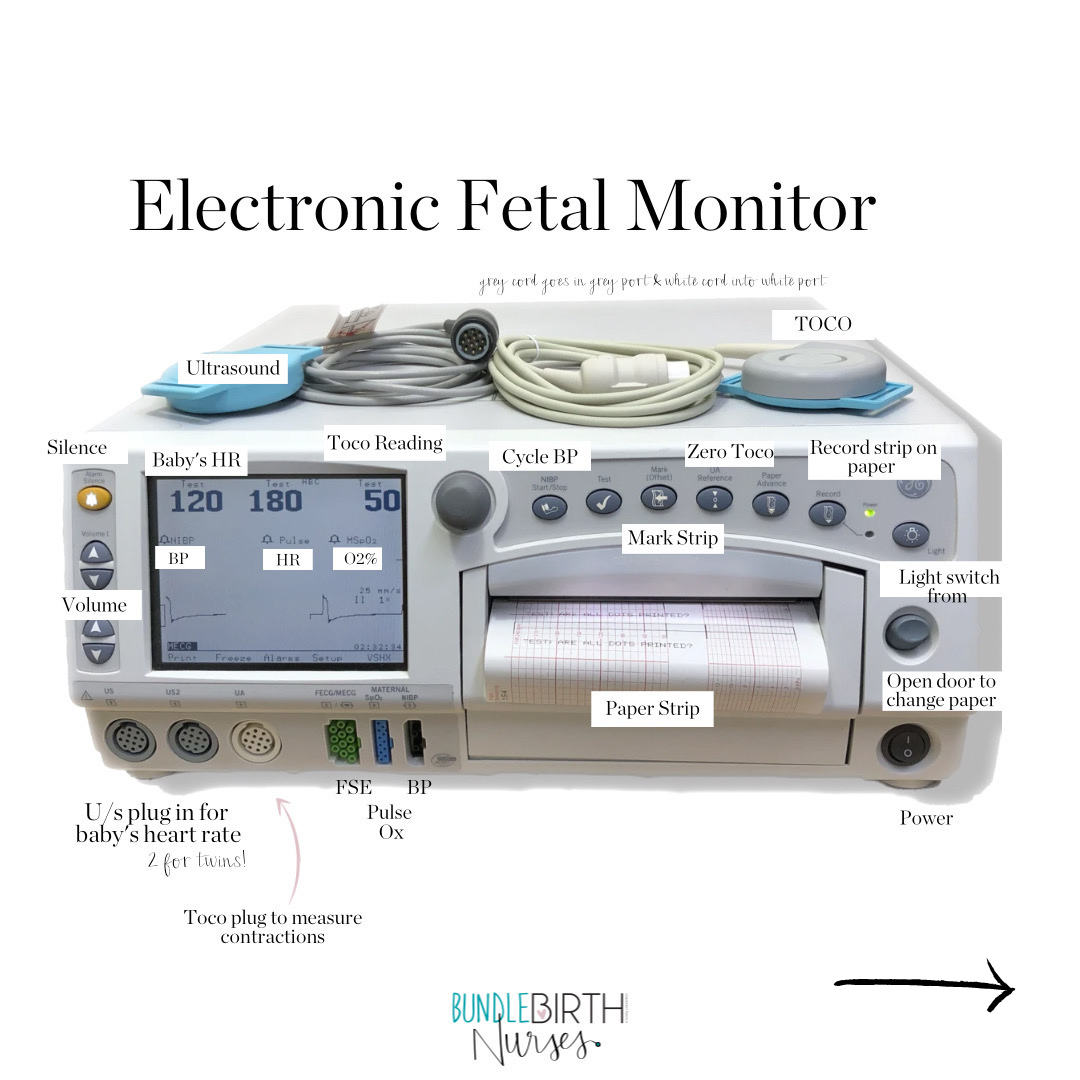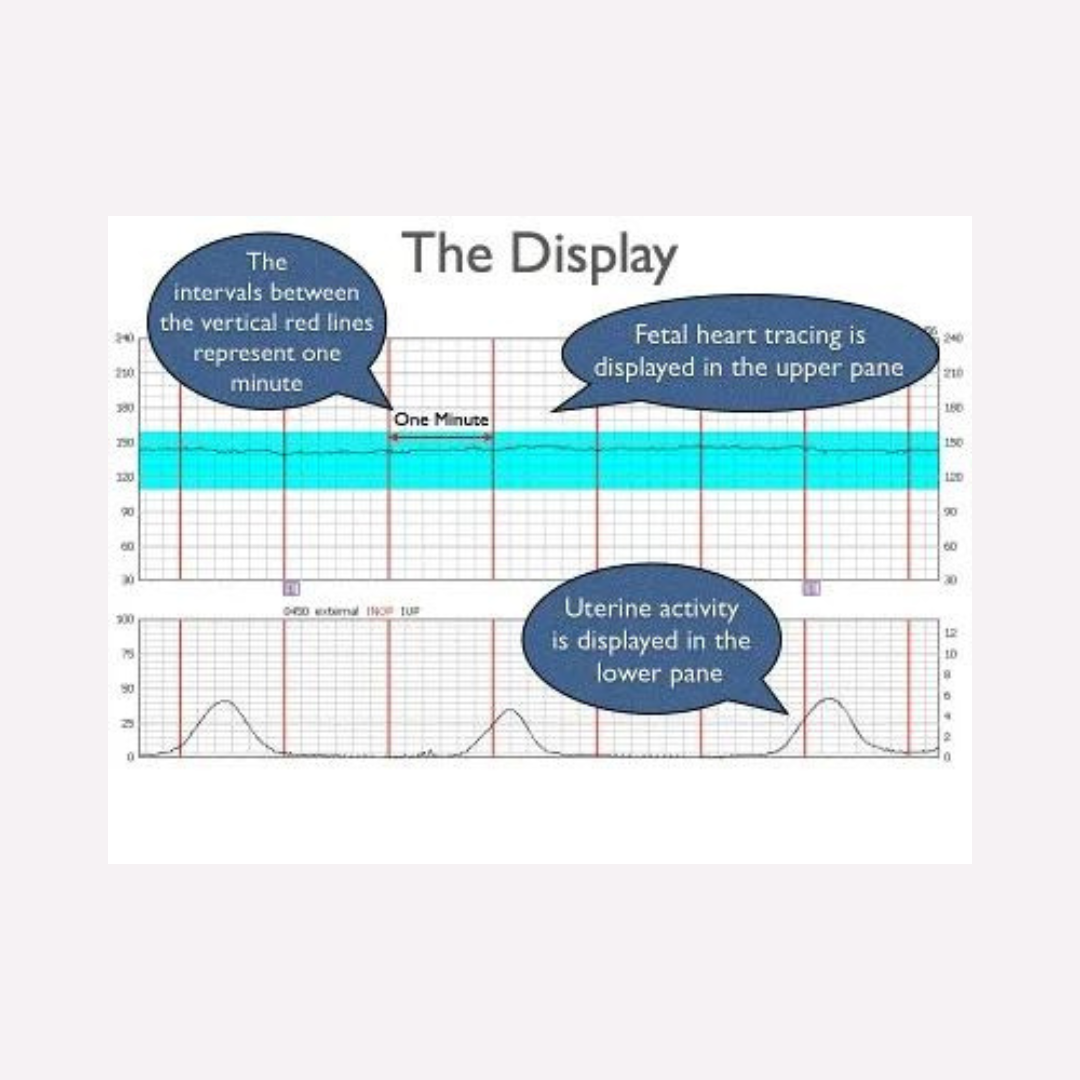|
Fetal monitoring is a birth preference that can have a significant impact on how you labor, so digging into the info to see what aligns with your preferences and needs is worthwhile. There are so many options when it comes to monitoring baby in utero, from intermittent monitoring to continuous monitoring and all the different machines to do so. Here at 615 Doula Co., education and having information before you need it is one of our top priorities. This blog post breaks down:
Let's get to it! What is Fetal Monitoring?Fetal Monitoring is the act of using various types of instruments to help monitor baby during labor. What Does Fetal Monitoring Measure?There are four different metrics throughout labor. Not all tools/machines measure each one, but the four possibilities include: 1. Baby’s Heart Rate: This is the main form of fetal monitoring, regardless of the type of monitor used (we will get into that later). It tells us how baby is handling labor. The average fetal heart rate during labor is in the range between 110-160 beats per minute. Baby’s heart rate may vary by 5 to 25 beats per minute as baby responds to labor. 2. Variability Pattern: When monitoring the heart rate pattern, some accels (peaks) and some decels (valleys) are normal and this variability is a good sign. These accels and decels show baby is responding to contractions. However, persistently low dips can call for some changes during labor (i.e. positions changes, hydration like IV fluids, and further intervention if those don’t work). 3. Contractions: Some forms of monitoring also track pressure, i.e. contractions. When evaluating baby’s heart rate, knowing when the accels and decels are happening before/during/after contractions gives additional information to how baby is doing. If utilizing an epidural, some epidurals cover the contraction sensation, so tracking contractions can be helpful in navigating your labor. 4. Maternal Heart Rate: Some forms of monitoring also track your heart rate. This can be useful, especially if the fetal monitor begins picking up on your heart rate (we don’t want that confusion because our heart rates are much lower than a baby’s). A persistently high heart rate might be a sign of a developing infection. The Two Main Types of Monitoring: Continuous vs. IntermittentWhen thinking about how you want to labor, one important choice to consider is what type of fetal monitor you prefer. Before choosing what type or tool you want used for monitoring, you first want to decide your preferences and needs for intermittent vs. continuous monitoring. As the words suggest, continuous monitoring is continuous, without breaks during labor. Intermittent monitoring checks in on baby at set intervals during labor (commonly every 30 or 15 minutes depending on the stage of labor). Continuous types of monitors (i.e. the Electronic Fetal Monitor, the Bluetooth Monica, etc.) and Intermittent types of monitors (a handheld doppler) both have pros and cons in their usage. Below, we lay out some pros and cons. Huge shoutout to Evidence Based Birth for being the brains behind these pros and cons. Check out their website here; they have amazing resources for all things birth. Continuous MonitoringPros:
Cons:
Intermittent MonitoringPros: -Lower rate of cesareans, vacuum, and forceps -Supports mobility and position changes (key for coping through unmedicated labor) -Can be used in shower or tub -Leads to more continuous, hands-on support from providers during birth Cons: -Higher rates of newborn seizures, though still rare regardless at .2% -May not be appropriate for some high-risk pregnancies or those with complications -Staff must be trained on how to log data instead of relying on machine that does it for them -Requires 1:1 nurse to patient ratio to provide this hands-on care Note: If your risk level changes during labor, your type of monitoring preferences may need to pivot. Types of Fetal Monitors Image Credit: @emanating_kate on Instagram Image Credit: @emanating_kate on Instagram 1. Intermittent Doppler with Handheld Ausculation Pros:
 Image Credit: @midwifeco.dfw on Instagram Image Credit: @midwifeco.dfw on Instagram 2. Monica Novi Bluetooth Monitor Pros:
 Image Credit: gehealthcare.com Image Credit: gehealthcare.com 3. Portable Mini Telemetry Unit Pros:
 Image Credit: @heartsandarrowphotography on Instagram Image Credit: @heartsandarrowphotography on Instagram 4. Electronic Fetal Monitor This is the most commonly used monitor in the US. It is often the default option. Keep reading until the end to learn more about how to read the data this puts out. Pros:
 Image Credit: Google Images Image Credit: Google Images 5. Fetal Scalp Electrode for Internal Monitoring Pros:
You Get to ChooseFetal Monitoring is a birth preference. Of course, your preference may need to change or be shifted if your risk level changes during labor. However, always remember you do have a choice and knowing your options before birth helps to ease the mental load if you have any turns in the road during labor.
Demystifying the Electronic Fetal MonitorIf you are planning to give birth in a hospital, this info on the electronic fetal monitor is important for you to understand what is going on in the labor room. The Electronic Fetal Monitor is most hospital’s default option and is therefore used in most hospital births. If you are planning for an unmedicated birth, you will likely want to choose another monitoring option, but having this basic knowledge in case of any pivots in labor, can be helpful. This monitor is also often used in triage, regardless of your preferences for medicated/unmedicated. If you are planning for an epidural or induction your chances of using this machine are much higher. Here is some basic info to demystify it. If you are planning on using the Electronic Fetal Monitor
Don’t forget, continuous monitoring is not evidence-based for low-risk labors that are unmedicated. If you do want/need continuous monitoring, you have other tool options. A special thanks to Bundle Birth Nurses for these labeled images. You can check them out at https://bundlebirthnurses.com/ or on Instagram @bundlebirthnurses. Next Steps
0 Comments
Leave a Reply. |
Meet Nicki
Hi, I'm Nicki! I am a Nashville based Doula and founder of 615 Doula Co! My favorite part of working as a Doula is supporting families through the life transitions of pregnancy, birth, and postpartum life. Explore Blog |



